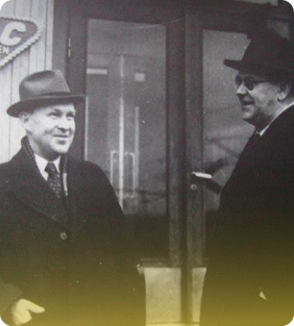
1964
Swedish Prime Minister, Tage Erlander, turned down an offer from the Soviet Union KGB to trade Raoul Wallenberg for Soviet spy Stig Wennerstrom then in prison in Sweden. The offer was confirmed in 1991 by the participants, Otto Danielsson and Carl Persson of the Swedish Government and the go-between with the Soviets, Carl Gustav Svingel, who lived in Berlin. The seriousness of this proposal was also confirmed by the late Swedish Prime Minister, Tage Erlander. When Svingel asked his Soviet counterpart if Wallenberg lived, he was informed that "We usually don't negotiate about dead people."
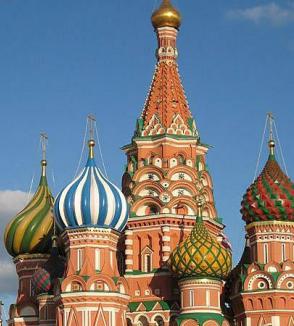
MAY 1, 1978
A young Soviet Jewish immigrant to Israel, who wished to remain anonymous due to family in the Soviet Union, tells of a party at the Moscow home of a senior KGB officer: "Much vodka was drunk and the younger men at the party began to speak of dissidents and the rough time they must have in prison. The KGB officer said, "don't you believe it; things aren't so tough as they used to be. Why I have a Swede under my charge in Lubyanka who's been inside for over 30 years!" The young Russian heard of Wallenberg in Israel for the first time and filed a report at the Swedish Embassy in Israel.
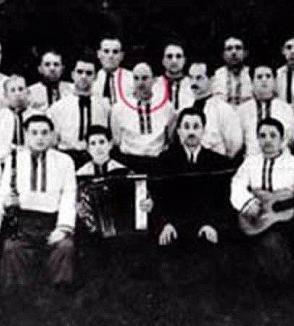
DECEMBER 12, 1952
Rudolf Hendrich-Winter von Schwab gave a statement to the Swedish Government on July 2, 1964 about his imprisonment with Wallenberg in the special political prison in Warchne-Uralsk in the South Urals. Wallenberg told him that he was a Swede and had been imprisoned “since 1945 under Saotschno" (secret judgment from Moscow, no appeal)". Von Schwab met Wallenberg again in mid September of 1953 in a sick cell where Wallenberg stated that he had been operated on in "Magnitka" and had lain there for about eight weeks of convalescence alone.
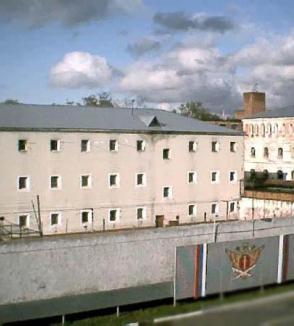
JULY 17, 1947
The Russian official report stated that on July 17, 1947 Raoul Wallenberg died of a heart attack at age 34. However, on August 1948, more than one year later, a Swissprisoner named Brugger in the Corpus II hospital block of Vladimir Prison, ‘talked’ by tapping code on his cell wall. "The Swede in the next cell identified himself as Wallenberg, First Secretary Swedish Legation, Budapest, 1945. He asked Brugger to contact any Swedish embassy or consulate and report this information, if he ever was released.
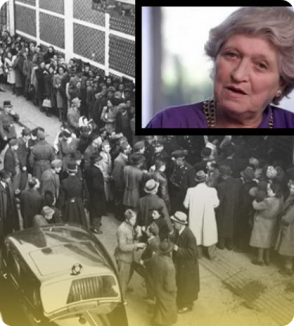
AGNES MANDL ADACHI
Agnes Mandl Adachi tells her story about how she was in Switzerland in 1939 to study French and then returned to Budapest in 1940. After the Germans occupied Hungary in 1944, Agnes was given refuge in the Swedish embassy and was also given a protective Schutz-Pass. She began to work for Raoul Wallenberg, the Swedish diplomat, who worked to save the Hungarian Jews. She describes his efforts to save the Jews of Budapest, and how she helped him including distributing the protective passes (Schutz-Pass). She helped Raoul Wallenberg in his rescue effort to pull Jews from the Danube River.
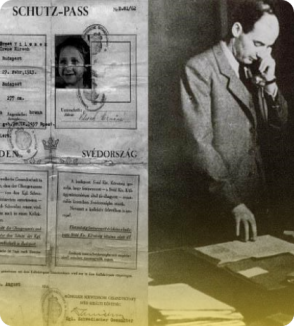
AGNES GROSSINGER
Agnes Grossinger, survivor and bearer of a Swedish Schutz-Pass, recalls how she was drafted in an all female mandatory Labor Camp in October 1944 and sent to SzigetMonostor but escaped and returned to Budapest. "In my absence, some friends stationed in Labor Camps in Budapest visited my parents home, finding only my desperate mother because my father was also sent to a labor camp in Gonyu. They brought her 3 Swedish Schutz-Passes, as their whole battalion was under a blanket Shutz-Passe, and they had access to some more. We lived in different Swedish Safe houses, until the end of Nov. 1944".
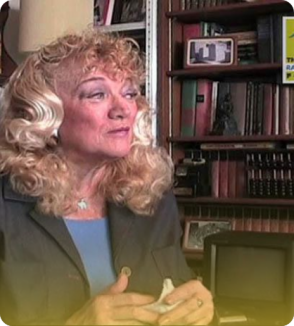
KAYLA KAUFMAN
Kayla Kaufman, mother of 2, grandmother of 7 and great grandmother of 3 recounts that she, her parents, her 2 sisters and brother were saved by Raoul Wallenberg. After escape from a Nazi slave labor camp, she found shelter in Budapest in one of the Swedish safe houses set up by Raoul Wallenberg. She says “he saved my life but what is etched even more deeply into my consciousness is the memory of having observed Wallenberg at a railroad depot in Budapest, saving Jews from deportation to the death camps. He was more than heroic; to me he symbolizes humanity at its best”.
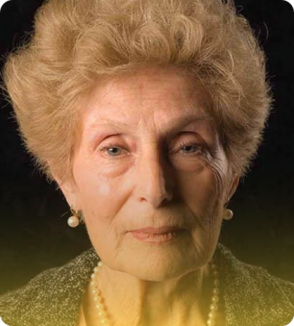
MONA KRAMER
I was a six year old Jewish child in Hungary when the great majority of Hungarian Jews were killed. I survived because of Raoul Wallenberg, a man of vision, courage and determination. Two people, one of them Raoul Wallenberg, the other was our Christian ”maid” who, while I was growing up, was my second mother. Both heroically helped us during the Holocaust and seem to have shaped the course of my life. I have studied what leads people to remain passive in the face of others’ needs and what leads them to become helpful, caring and altruistic and to become positive and active or bystanders.
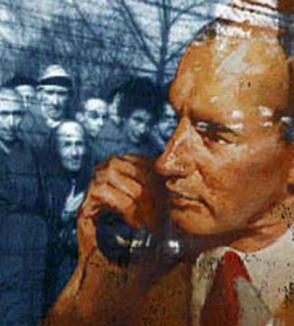
TRIBUTE TO A HERO
Through his heroic deeds during the Second World War, Raoul Wallenberg saved tens of thousands of people from the Nazi gas chambers---among them, thousands of children. His actions in Budapest are demonstration of his great compassion, vision, and determination in the face of insurmountable odds. At great personal risk, he protected innocent and defenseless men, women and children. But while he saved countless lives, Raoul Wallenberg himself suffered an unjust fate. Raoul Wallenberg’s mission to protect people who were victims of circumstances beyond their control is our source of inspiration.